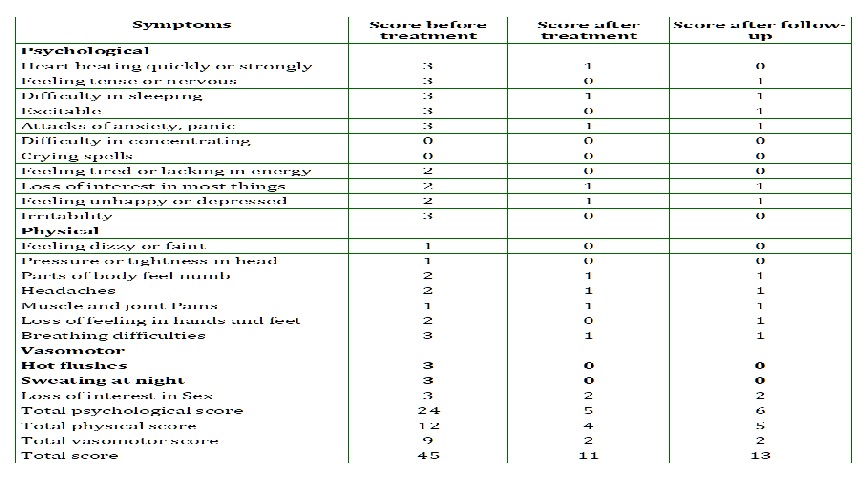Effect of Shatavarichinnaruhadi Ksheerakasaya in Perimenopausal Symptoms
Abstract
Menopause is referred to as Rajakshaya in Ayurveda, which is the body's transition from a Pitta- to a Vata-dominant condition. It comes under Swabhavika vyadhi and occurs in Jara pakwa sareera, which causes Dhatus to gradually deteriorate. Treatment of perimenopausal symptoms may benefit from medications with Rasayana, Medhya, Balya, Dahasamana, Vayasthapaka, and Rasarakthaprasadaka characteristics. A 44-year-old woman who sought treatment for hot flushes, excessive sweating, particularly at night, irritability, mood swings, numbness in the extremities, sleep disturbances, and vaginal itching is presented here. Assessment was done using Greene Climacteric Scale. Among all the symptoms, hot flushes and night sweats were the most distressing one for the subject. Shatavari chinnaruhadiksheerakasaya mentioned in Chikitsamanjari in Vataraktha context possess Vatapittapradhana Tridoshasamana, Rasarakthapradhaka, Dahasamana, Rasayana, Medhya, Balya like properties which can be beneficial in reducing the most wretched vasomotor symptoms. Apart from these, the formulation exhibits anti-oxidant, free radical scavenging, phytoestrogenic and anti-stress activity. Ksheera is Vata pitta samana, Rasayana, Sheeta veerya, Vrishya, Ojasyam, Dhatuvardhaka, and Jeevaneeya. For thirty days, 48ml of Shatavarichinnaruhadi ksheerakasaya was administered twice daily, one hour before food. The severity of symptoms particularly hot flushes and night sweats were considerably reduced after treatment. Thirty days after quitting the drug, a follow-up was conducted, and this time the severity of the symptoms was also less severe than it had been before therapy. From this case report, it is evident that Shatavarichinnaruhadi ksheerakasaya is effective for the management of perimenopausal symptoms especially the most disturbing vasomotor symptoms
Downloads

Copyright (c) 2024 International Journal of Ayurveda and Pharma Research

This work is licensed under a Creative Commons Attribution-NonCommercial-ShareAlike 4.0 International License.






